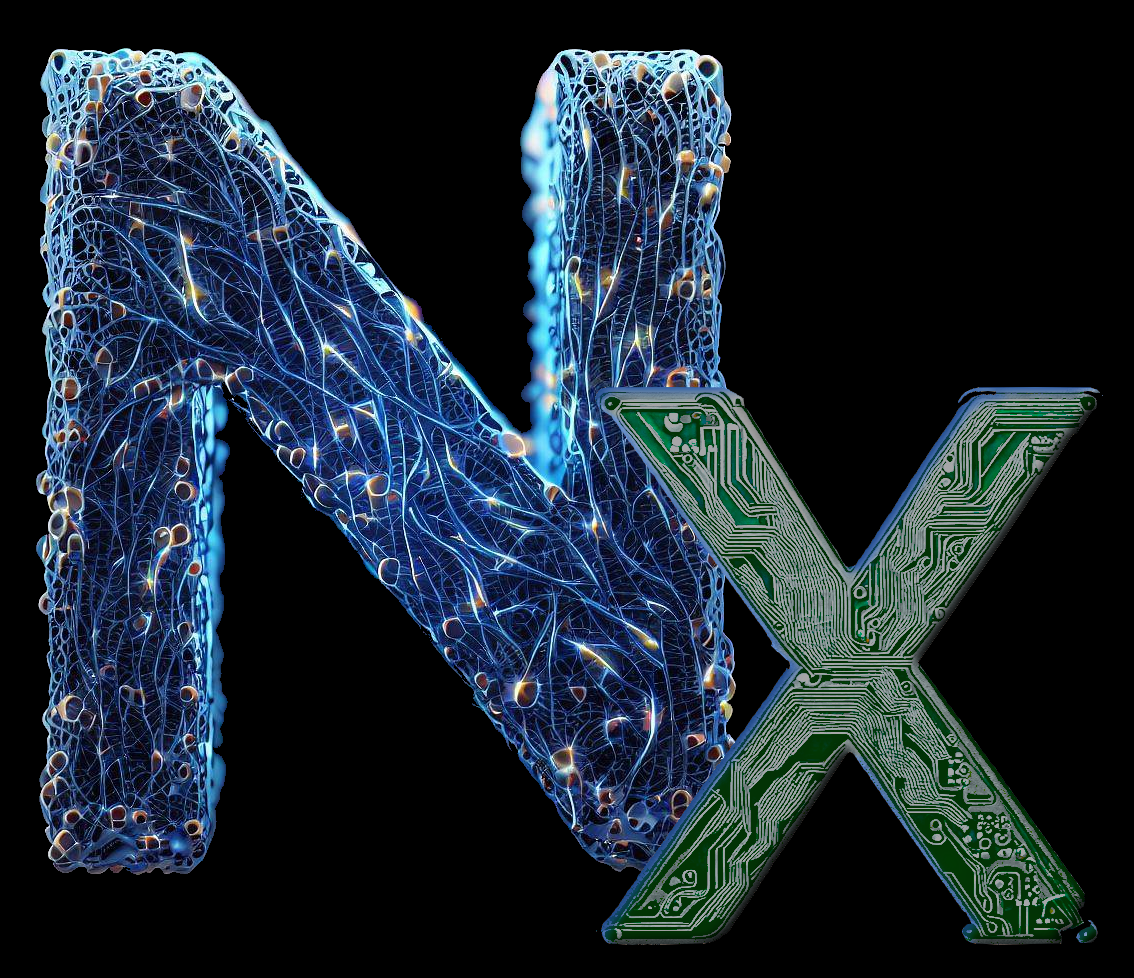I’ve heard of immutable OS’s like Fedora Silverblue. As far as I understand it, this means that “system files” are read-only, and that this is more secure.
What I struggle to understand is, what does that mean in practical terms? How does installing packages or configuring software work, if system files can’t be changed?
Another thing I don’t really understand is what the benefits as an end user? What kinds of things can I do (or can be done by malware or someone else) to my Arch system that couldn’t be done on an immutable system? I get that there’s a security benefit just in that malware can’t change system files – but that is achieved by proper permission management on traditional systems too.
And I understand the benefit of something declarative like NixOS or Guix, which are also immutable. But a lot of OS’s seem to be immutable but not purely declarative. I’m struggling to understand why that’s useful.
I’m generally a Windows user, but on the verge of doing a trial run of Fedora Silverblue (just need to find the time). It sounds like a great solution to my… complicated… history with Linux.
I’ve installed Linux dozens of times going back to the 90s (LinuxPPC anyone? Yellow Dog?), and I keep going back to Windows because I tweak everything until it breaks. Then I have no idea how I got to that point, but no time to troubleshoot. Easily being able to get back to a stable system that isn’t a fresh install sounds great.
You can also check btrfs and snapper
An immutable distro, to my understanding, locks core components of Linux (mainly /sys afaik) from interaction from not only bad actors but also the user so that you can’t fuck up you’re system in a way like Linus from LTT (removing X11 by forcefully ignoring all warnings). Applications can be installed as Flatpak, AppImage, Snap or through OverlayFS from regular repositories.
Advantages to (non- tech savvy) users are an additional layer against their own mistakes and easier support since the important stuff is identical on every install of the given distro.


